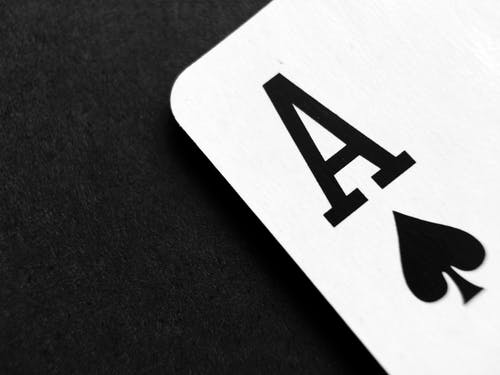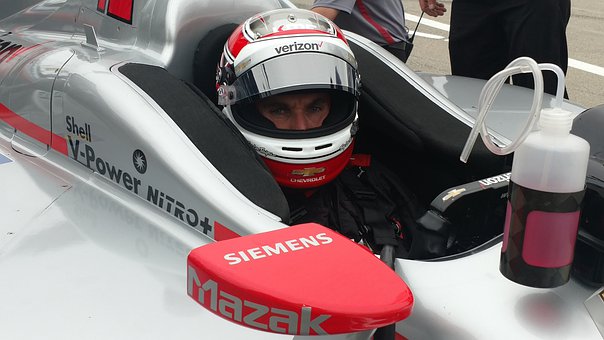Dan Wheldon’s Death Won’t Change How IndyCar’s James Hinchcliffe Views Open-Wheel Racing
The death of IndyCar’s Dan Wheldon in a fiery crash in Las Vegas on Sunday clearly had an effect on his fellow competitors, who were very emotional in the wake of Wheldon’s passing and the wreck in general. The race was called following the event and the drivers did a five-lap tribute to Wheldon, a two-time Indy 500 winner.A couple days later, Wheldon’s death is certainly still touching the drivers’ lives, but as they also start to look forward, it’s clear that they can’t let the event change the approach to their careers. Rookie of the Year James Hinchcliffe called the crash the worst that he’s ever seen, but says drivers know the inherent risks that come with the profession.James Hinchcliffe joined The Fan 590 in Toronto with Jeff Blair and Michael Grange to discuss the passing of Dan Wheldon, the crash itself, what the protocol is if you’re driving up on a wreck like that, why it won’t change his outlook on the profession and apprehensions about the race and track heading into the weekend.

Your thoughts on the passing of Dan Wheldon?:
“Obviously it’s a pretty tragic day for the sport. Dan was a very well-respected racing driver and a very well-respected human being. He had this intoxicating smile and a little bit of a devious character to him. He was always having a good time and always enjoying himself. It’s just, the whole thing is very surreal.”
Can you take us through the crash?:
“It was obviously a very difficult situation. I was racing up there with Helio and Wade Cunningham and we came, sort of, into Turn 1, three-wide. As Wade was trying to get back in line behind me, his front wing touched my right-rear tire. It got his car loose and he sort of spun out right in front of J.R. Hildebrand. … I think we were running 10th and 11th at the time, which means you still had 23 cars behind us, barreling toward us. … There’s just so little time to react. The accident that unfolded behind was just unbelievable. … When we came around through the scene on the first caution lap, I was just floored. I had never seen anything like it. … I think we all understood the severity of it, but you never think, in today’s age, that you’re really going to lose somebody like that. It definitely hit everybody hard.”
You were ahead of the accident, but if you’re behind and coming up on it, what do you do?:
“It all depends on the situation. There’s no set procedure for when an accident happens in front of you. … We were very lucky that all of that happened right behind me, so I didn’t have to avoid anybody. But you’ve got the spotter on your radio who’s up on the top of the grandstand … and usually you take some advice from him. … Ultimately, the speeds that we’re going, and what made this place particularly dangerous, is how close we could run together. … It just left zero margin of error and zero time to react.”
Does something like this change your view of what you do for a living?:
“No. I mean, we all know the risks. And though it’s true, the safety and everything of the cars on the tracks, of everything, has come so far, it’s an inherently dangerous sport. You’re never going to be able to guarantee that we can preserve all life. I think that every driver knows that deep down that’s a possibility.”
We’ve heard some folks say they had apprehensions about the track going into the race. Did you?:
“Yeah, I got off the track in the first practice and immediately had concerns about how this race was going to be. … [Number of cars] is an issue, certainly when you’re looking at a 1.5 mile track to have more cars than we run at Indianapolis, which is 2.5 miles. It’s not the racetrack. I don’t want to blame the racetrack. … There were some guys out there that were driving a bit inappropriately for lap 10. But at the end of the day we’re all competitors. … What needs to be controlled is what we’re given to play with. In this sort of scenario, we needed cars that were harder to drive around this track.”

Comments